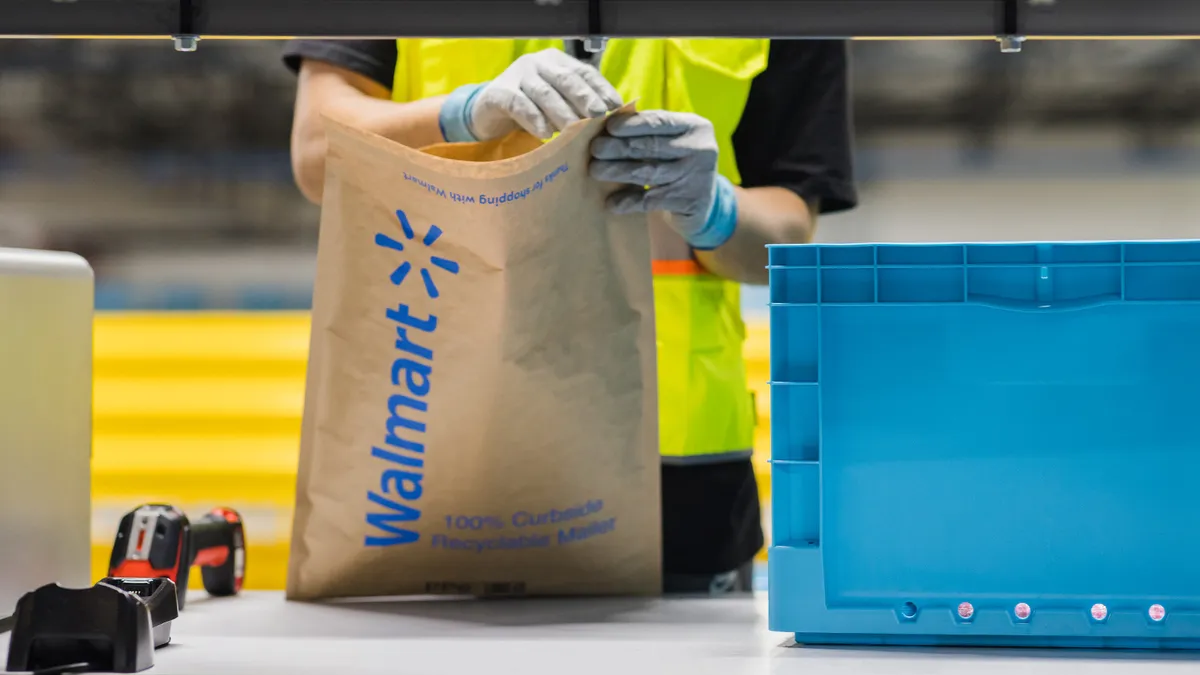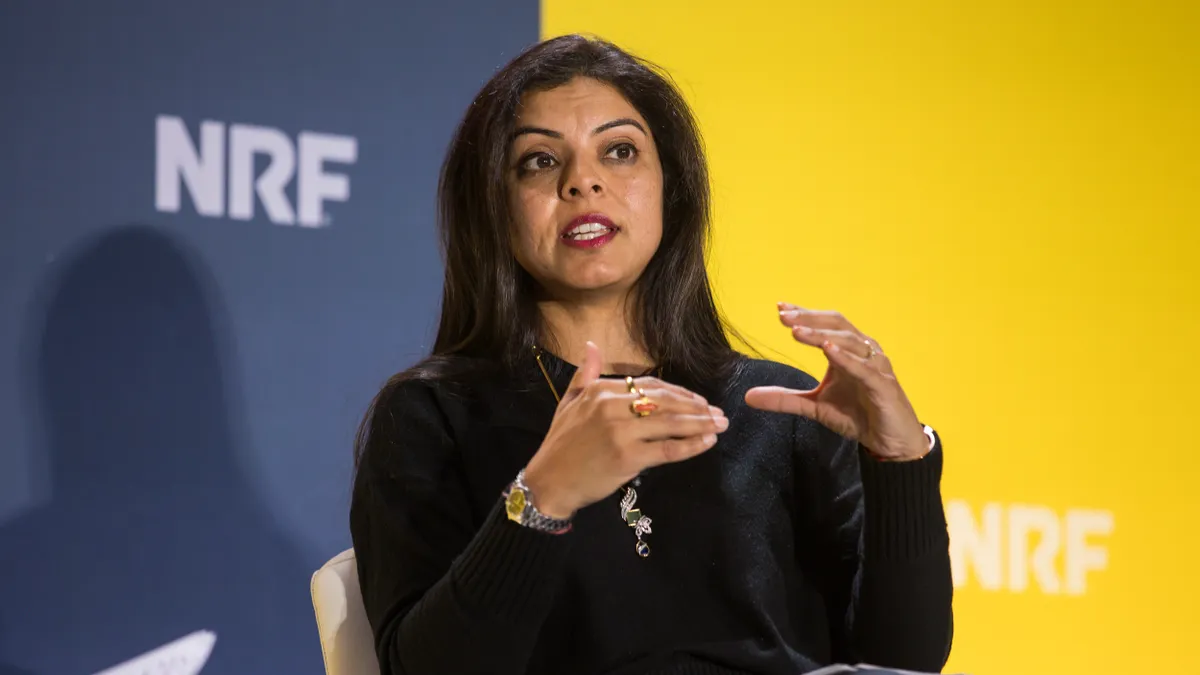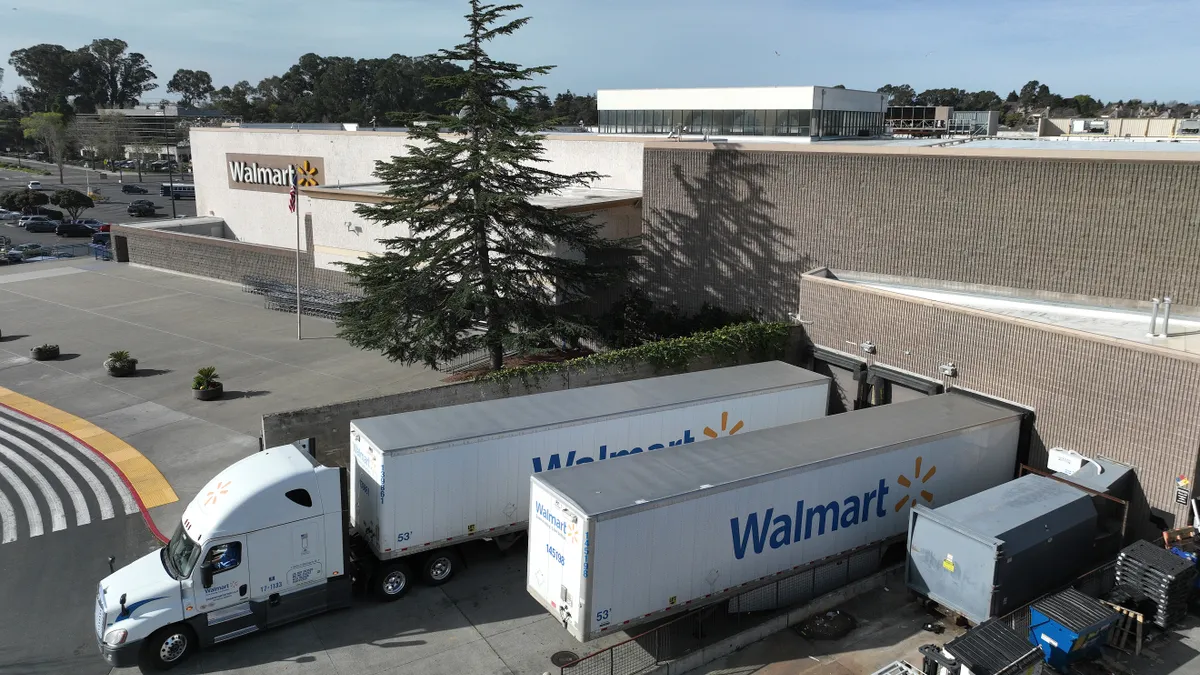As brick-and-mortar retailers have become more bold about finding ways to fight e-commerce on their own terms—including cheaper prices and more transparent and available inventory—e-commerce retail has had to combat the organic advantages of physical stores.
Shoppers can walk into a store, see the actual merchandise, try things on or turn them in their hands, and walk out with it the moment they pay for it. In response, e-retail has had to speed up its delivery times and eliminated or seriously tamped down shipping costs to the consumer.
That’s why we’ve seen L.L. Bean eliminate shipping fees, Target drastically reduce its free shipping minimum to $25 this year, and Zappos offer free shipping and free returns. Almost all retailers—approaching 90%—offer at least an opportunity to enjoy free shipping, compared with about 65% two years ago, according to William Blair analyst Mark Miller.
"The margins are worse for everybody but it doesn’t really matter because you have to play the game," Cowen and Company analyst Oliver Chen told Reuters last year. "That's the way the shopper is moving, whether you like it or not."
But what is this rush to free shipping really costing retailers?
Costs are rising
Even though fuel costs have dropped significantly in recent months, FedEx and UPS have changed up their rules to charge for delivery based on package size, in addition to weight.
This is a response to the boom in e-commerce, which until recently often meant that carriers are filling up trucks and planes with packages that aren’t particularly heavy, but nevertheless take up plenty of space.
That has led some retailers to actually increase their shipping of late—including, of all retailers, Amazon. Of course, Amazon’s newish $35 minimum (up from $25) for non-Prime members gives Amazon shoppers yet another reason to opt for the retailer’s Prime membership, which comes with free two-day shipping and, in some areas, free same-day shipping.
There's no such thing as “free shipping”
E-commerce retailers have lured shoppers with shipping deals that have now become an expectation. A clear majority (66%) of consumers in a Harris Poll of 2,241 American adults said shipping costs are their “biggest online shopping pet peeve”; Some 81% said free shipping would make them more likely to shop online, and 70% said free returns would be an enticement.
But to be sure, shipping costs are being paid for, whether consumers know it or not. Shoppers ultimately pay for this perk, even if its not a line item in their online shopping cart, in the final price of the goods they buy.
But the last several years have seen extreme price pressures that are making it difficult for retailers to pass on those shipping costs to shoppers in their entirety.
That’s why many have come to regard some level of absorption of shipping costs as a “marketing expense.”
“Free shipping helps us rationalize buying something online instead of going to a store,” writes Anna Kegler on e-commerce analytics platform RJMetrics’s blog. “If shipping turns out to be too expensive for an item that we could just as easily get at the store down the street, the rationalization fails, and we abandon our carts. ‘Unexpected costs’ is the number one reason shopping carts are abandoned.”
Free shipping doesn’t seem to lead to sales, exactly, but there’s a fair amount of research indicating that they may save them, including at the sensitive online-cart purchase moment.
“The fact that the costs are ‘unexpected’ is significant,” Kegler says. “Etsy recently ran a round of experiments that prevented customers from seeing shipping costs until checkout, and sales dropped, sparking public outcry from both buyers and sellers. Whatever your shipping policy is, transparency is key.”
Some of the costs (and potential savings) are hiding
The trouble with retailers’ current attitude toward shipping is that they’re not accurately calculating how much their policies are costing them, says Jeremy Bodenhamer, CEO of logistics automation company ShipHawk. Especially with dimensional pricing, shipping costs have risen just as the wiggle room to charge for shipping has narrowed. But there’s a lot of wiggle room when it comes to tightening up the logistics of sorting and packaging orders, Bodenhamer told Retail Dive.
In some cases, he says, even for retailers that have negotiated rates with carriers, they don’t actually know the price of shipping until the goods reach the customer. That makes it hard to know what to charge for shipping, what minimums to set, or, even if the decision is to do without minimums or charge any fees, what the cost of this new type of “marketing” actually is.
The omnichannel approach to retail is also complicating logistics, with many retailers, like Dick’s Sporting Goods and others, employing stores as mini-warehouses.
Companies can leverage technology to ensure that the smallest (or, more accurately, the least expensive) packaging is used for items, and can choose the best carrier for the job depending on where orders are originating and where they are going.
“In many cases we do do this as the order’s being placed,” Bodenhamer says. “The system will then calculate and come back with all the details for that order in real time, starting with the optimal box. We have complex packing and assembly algorithms to figure out the packed weight and dimensions, that this or that is the final size that the carrier should be picking up."
"When the retailer figures out these unknowns and finally knows what these costs are consistently, ahead of time, they can then make that decision about free or subsidized shipping. Then it’s a rational decision.”


















